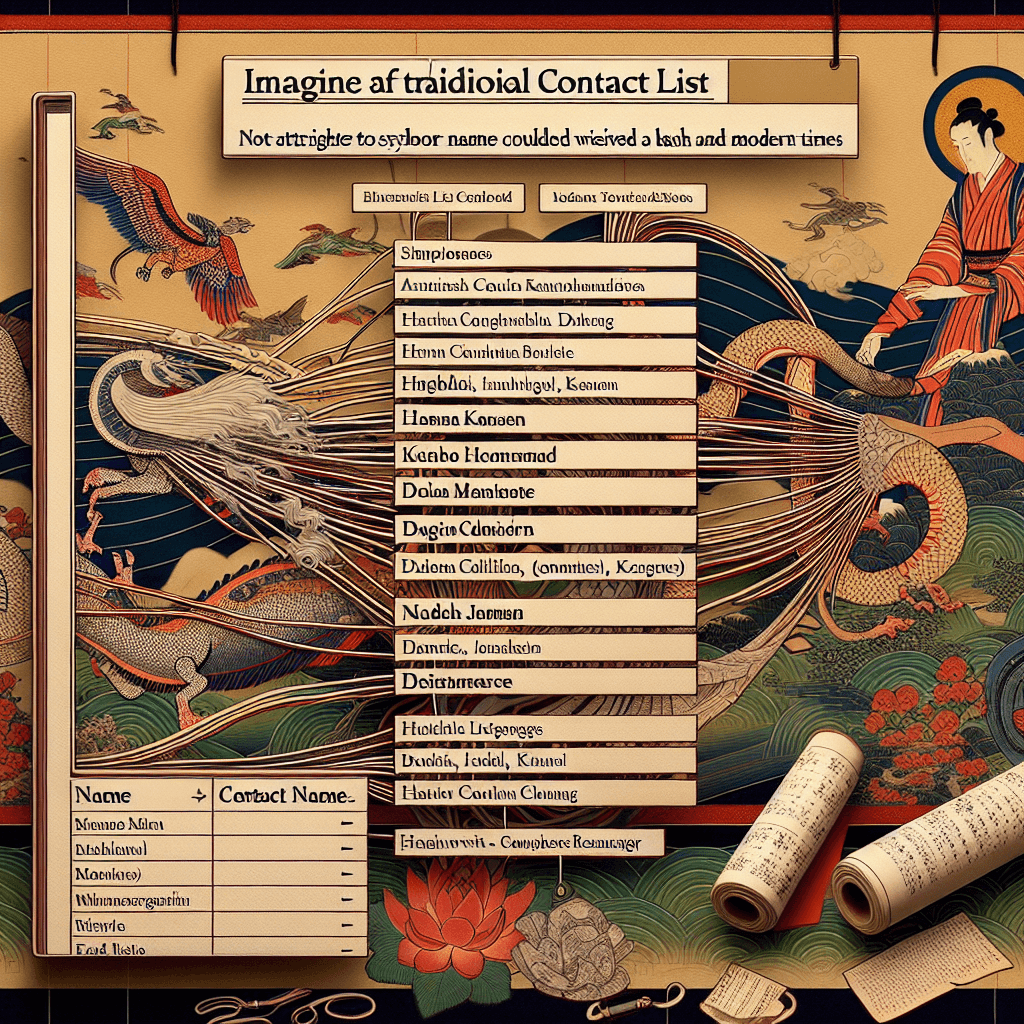Updating the Contact List with New Leaders in the Davidic Lineage
syndu | Oct. 14, 2024, 2:26 a.m.

Title: The Dynamics of Snowball Earth Events in Earth’s Geologic History
Introduction
Throughout Earth’s geologic history, it has undergone various climatic shifts, including periods known as Snowball Earth events. These epochs are characterized by extensive glaciation, covering the planet substantially or entirely with ice, rendering Earth into what might be called a "snowball" state. Studying these periods offers valuable insights into climatic processes and Earth's resilience in the face of extreme conditions.
Understanding Snowball Earth Events
Snowball Earth refers to the hypothesis that the planet was once entirely or nearly entirely frozen over. This hypothesis is supported by geological evidence, such as glacial deposits found in what are now tropical latitudes, indicating that ice covered Earth globally.
“These extreme glaciation events, often debated among scientists, reflect the intricate balance between Earth's carbon cycle, its atmosphere, and orbit.”
Such widespread glaciation events are believed to have occurred during the Proterozoic Eon, approximately 720 million to 635 million years ago, particularly during the Sturtian and Marinoan glaciations.
The Mechanisms Behind Snowball Earth
The causes and mechanisms of Snowball Earth events are complex and encompass a range of geological and atmospheric factors. Some key components include:
-
Albedo Feedback: When ice sheets grow, they increase the Earth's albedo, reflecting more sunlight away from the earth's surface and thus cooling the planet further.
-
Plate Tectonics: The positioning of continents can influence ocean currents and climate patterns. During Snowball Earth periods, it is theorized that continents were configured in a manner that contributed to cooling.
-
Carbon Cycle Disruptions: Volcanic eruptions, weathering rates, and biological processes can disrupt the carbon cycle, influencing atmospheric CO2 levels and contributing to global temperature changes.
The Aftermath and Recovery
Despite the harshly frigid conditions of Snowball Earth periods, life endured, and recovery from these global glaciations led to significant evolutionary advancements. The end of these glaciations often corresponds with increased sedimentation and warming, as volcanic activity was rampant during these times, releasing immense amounts of CO2 into the atmosphere.
One of the fascinating outcomes post-Snowball Earth events was the Cambrian Explosion, a period of rapid biological diversification approximately 541 million years ago. This event ushered in complex life forms and cemented the conditions for the modern biosphere.
Conclusion: Lessons from a Steep Freeze
Studying Snowball Earth events underscores the Earth’s resilience and the robustness of life. It highlights how life on Earth has not only survived but thrived in the aftermath of extreme glaciations. Understanding these ancient climate dynamics provides context for current climatic shifts and underscores the importance of maintaining Earth’s climate stability through informed interventions and sustainability practices.
Future Directions
Ongoing research, driven by advances in geochemical analyses and climate modeling, continues to unravel the mysteries of Snowball Earth. Further insights are anticipated from the exploration of ancient rock formations and from enhancing our models for better prediction of Earth's climatic future.